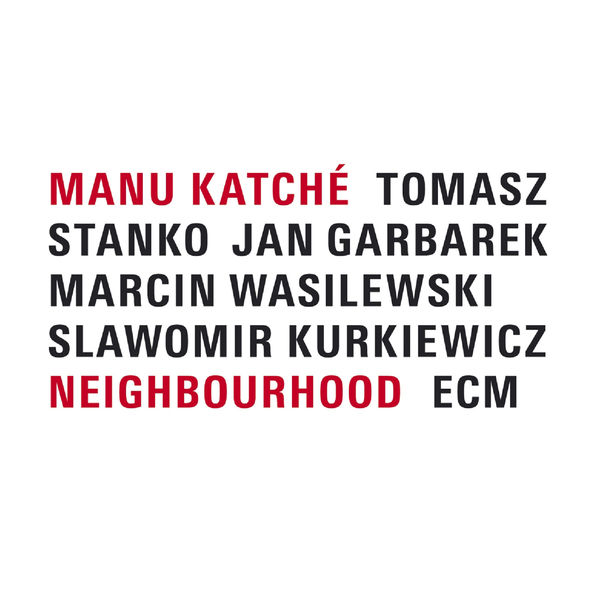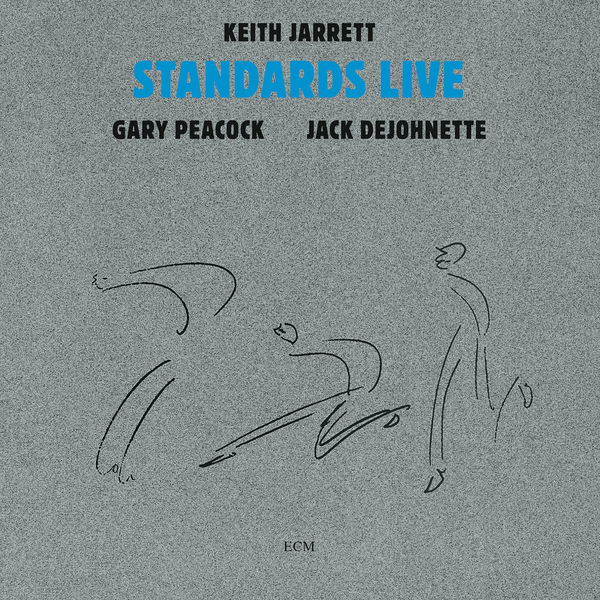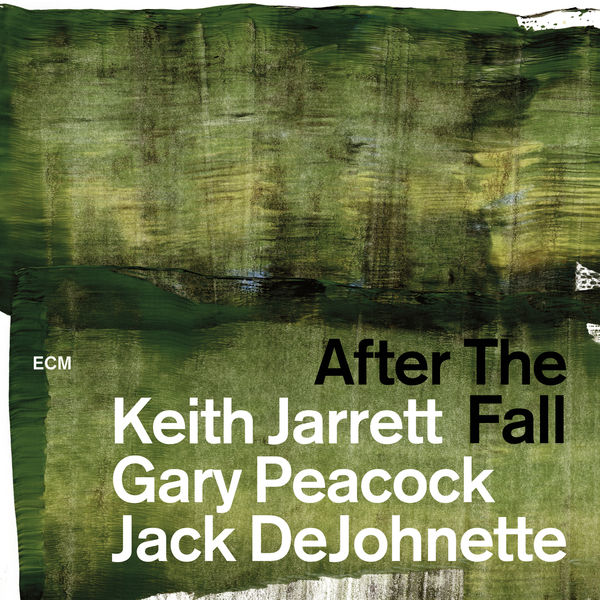ECM Records
ECM (Edition of Contemporary Music) is one of the most legendary Jazz (and classical) labels out there. Founded by Manfred Eicher back in 1969, it really has been able to tailor a very specific profile.
Having world class artists like Keith Jarrett obviously helped, but today you could really argue that ECM has a kind of “house” sound. The immediately recognizable abstract, typically dark album covers make ECM very distinctive.
And we are not only talking about Jazz, the album has done some fantastic classical (and contemporary classical) recordings as well, e.g. with the fantastic Andras Schiff.
You will find quite a number of ECM albums on my blog (just enter ECM in the free text search on the sidebar), or check out my 25 Essential Jazz albums, which features 2 ECM albums.
Streaming
I personally see the major arrival of streaming with two different viewpoints.
From a consumer perspective, the possibility to access music for a “flat rate” in an unlimited way is just fantastic. The big platforms such as Spotify offer more than 30M titles. Remember the old days when there were record stores, and having more than 250 albums was considered a huge library (not surprising, given that one would have spent typically more than $3,000-5,000 to assemble such a physical treasure). Today, $120 per year gets you full access. I’ve personally joined the streaming bandwagon quite late, only about 2 years ago (around the time when I started this blog).
Streaming for me now is a fantastic tool to discover new music. All new albums just show up online, and you can sample as much as you want.
Now, what are the downsides?
First of all, streaming really made the concept of an “album” pretty redundant. Admittedly, the iTunes story that for the first time allowed the purchase of individual “songs” (which is by the way a completely inappropriate name for a piece of classical music, I prefer the term “Track”), but basically, since Spotify the album has often been replaced by individualized playlists.
True, the concept of a “mix tape” (remember those) pre-dates the idea of a playlist, but these were pretty hard work to get done.
Now, is the demise of the album a bad thing? Maybe not. In Jazz, suprisingly, the album still seems to be highly relevant, and in classical music the “album” concept never made a lot of sense anyhow, forcing the record companies to sometimes randomly bundle classical works just to fill the 70+ minutes of capacity. I have more versions e.g. of the Academic Festival Overture that I care for, as this was (to this day, see here) a typical “filler” piece.
Secondly, streaming typically means compressed sound quality. The MP3 standard invented to squeeze more music into less memory space is also pretty much universal now these days for streaming, which means quite a lot of musical information simply gets thrown out. This doesn’t matter if you listen with $5 Apple earbuds, but if you have a good music system, you will be missing out. To this day, there are only two streaming services, Qobuz (France) and TIDAL (US), that stream in lossless CD quality or even higher (MQA for Tidal, up to 24/192 for Qobuz). Unfortunately, except for some hifi nerds like me, nobody cares about this any more, therefore, both TIDAL and Qobuz still are losing money.
Thirdly, and much more important, it is still very much unclear how artists are supposed to live of streaming. Artists, depending on the streaming service, get amounts in the cent range of even less per play. That may be ok if you’re called Beyonce or Taylor Swift, but for a small Jazz or classical artist, the revenues generated here are literally just peanuts, and much less attractive than selling albums.
Therefore, on top of my spend for the streaming service of choice (Qobuz in my case), I also tend to purchase those albums that I really care about to support the artist, and you really should do as well, if you want the artist to survice and continue to create the beautiful music we all crave.
In summary, I can understand why ECM (like some other labels, e.g. Hyperion) decided for years not to make their content available for streaming. Well, they’ve finally changed their mind, citing as the main reason the fact that the first priority is that the music should be heard.
Well, we can all agree on that, but let’s not forget, artists need to make a living!
Manu Katché: Neighbourhood (ECM 2005)
After this very long parenthesis, let’s use this occasion to dig a bit into the ECM back catalogue.
And let’s start with an excellent Jazz album by French drummer Manu Katché, Neighbourhood. ,
,
Katché (with origins in France and the Ivory Coast) actually isn’t your typical Jazz drummer. He is an outstanding studio musician that has played a lot of pop/rock as well.
The first time I ever saw him was admittedly in a much more “low-brow” context, when I was watching Nouvelle Star, the French version of Pop Idol / American Idol on French television.
But this album is 100% Jazz. You would have thought so when you look at the line-up: Tomasz Stanko! Jan Garbarek! Marcin Wasilewski! Slawomir Kurkiewicz! (for one of my favorite albums of the two latter, check out my post about My Top 10 Jazz Covers of Pop Songs).
It starts extremely strong, with November 99, my favorite song of the album. Wasilewski starts a dreamy piano improvisation, when Katché joins him, followed by Kurkiewicz on bass. You immediately get in the fantastic slow groove that makes this song so hypnotic. I can listen to this song over and over again, and never get tired. Stanko (trumpet) and Garbarek (saxophone) don’t even feature on this song, it is a pure trio performance (maybe that’s why I like it so much…).
The horns only get to join in track number 2, Number One. You’ll immediately recognize the signature Garbarek sound (e.g. from the great Keith Jarrett album My Song, see also here). Stanko joins later. And again, in this song, Katchés nearly hypnotic drive is really what makes this album so special.
Another favorite of mine is the ballad February Sun, where Stanko sounds better than Chet Baker.
Overall, a highly enjoyable album. Check it out (and buy it if you like it!)
My rating: 4 stars (the opening track is 5 stars to me)
You can find it here (Qobuz) and here (Prostudiomasters)







 ,
,